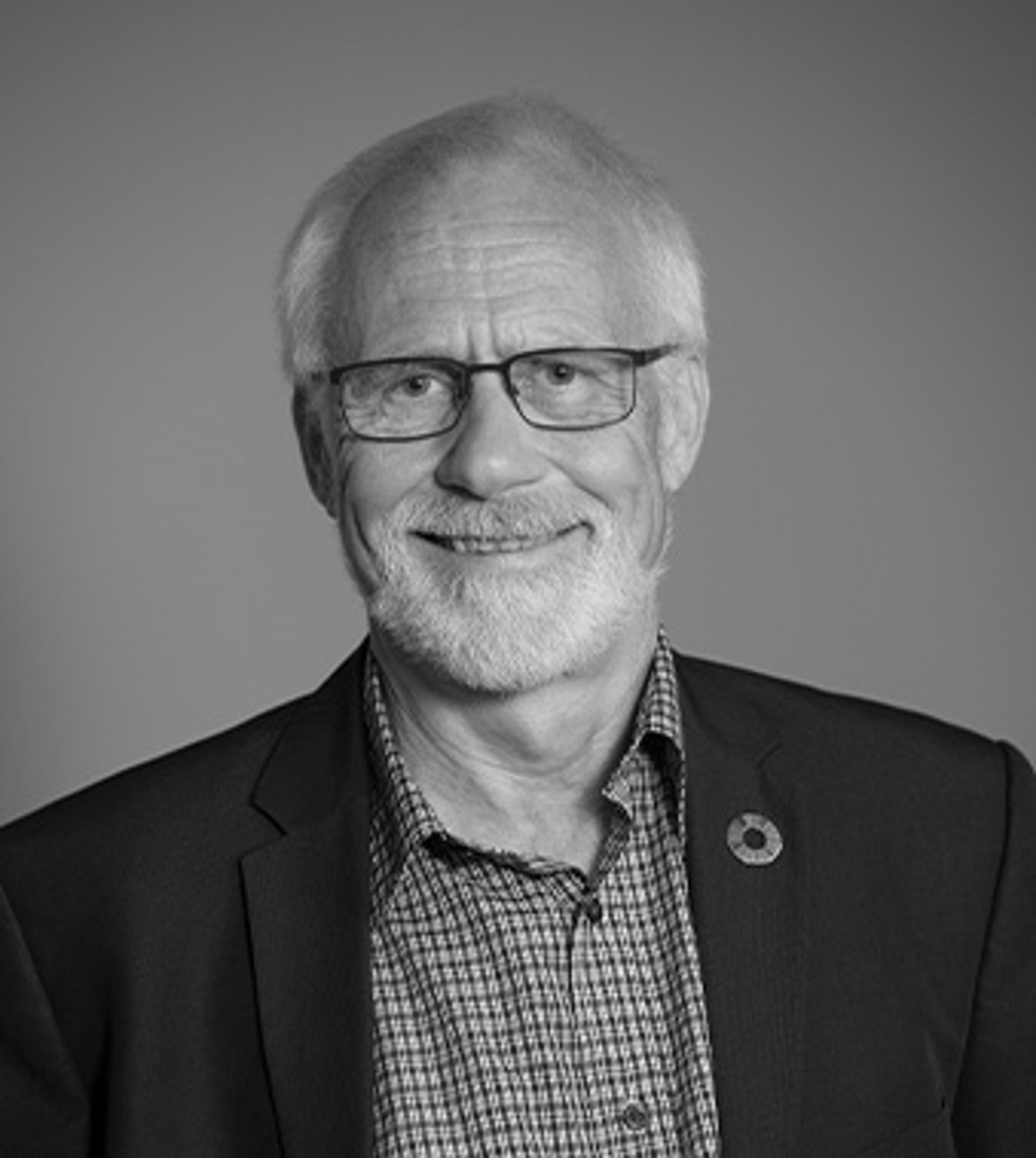PWtM-Flex
Facts
Project period
Total budget
295,506 kr.About the project
Challenge
As an increasing share of energy is derived from renewable sources, the need for flexible energy consumption grows. Power-to-X (PtX) plants can meet this need by converting electrical energy from solar and wind into green fuels such as hydrogen, methane, methanol, and ammonia. The conversion of electrical energy to green fuel typically begins with an electrolyzer powered by green electricity.
In this project, we focus on a specific type of PtX plant designed by SemperCycle ApS to convert plastic waste into methanol using both oxygen and hydrogen produced by an electrolyzer. The electricity can be sourced either directly from a nearby renewable energy source (“behind-the-meter”) or from the power grid. In the first case, power production will fluctuate, while in the second case, electricity prices will vary. Therefore, it is essential for the plant to operate flexibly, but balancing the many economic and operational considerations is not straightforward. This challenge also applies to other types of PtX plants.
Solution
In this project, we combine mathematical modeling with optimization methods to determine the optimal flexible operation. We will develop a mathematical model of the PtX plant, including the electrolyzer, that accounts for both operational aspects—such as the formation of soot and tar during the gasification of plastic waste—and economic aspects of the plant's operation.
Given a prediction of the amount of electricity produced or future electricity prices, the solution to the optimization problem will specify how much plastic waste should be processed during a given time interval, how much hydrogen and oxygen should be used from the electrolyzer, and how much raw methanol should be stored before distillation. All these calculations can be implemented in software that a process operator or engineer can use to plan the plant’s flexible operation to maximize profitability.
The project is co-financed by the Ministry of Education and Research.
Impact
The solution will ease the process operator’s or engineer’s task of planning flexible operations while helping the company make PtX plant operations profitable. Additionally, the insights gained from this project will be relevant for similar types of PtX plants, which also involve balancing multiple considerations. The models and optimization solutions developed in this project can be adapted to other specific plants and operational conditions.
The project is co-funded by the Ministry of Higher Education and Science.
Want to learn more?

Hans Jørgen Brodersen
Senior Project Manager
Innovation projectsAalborg+45 2688 0228hjb@energycluster.dkSkibsbyggerivej 5, 3. sal.
9000 Aalborg
Navitas
Inge Lehmanns Gade 10
8000 Aarhus C
House of Offshore Innovation
Kanalen 1
6700 Esbjerg
Port House
Vendersgade 74
7000 Fredericia
BLOXHub
Bloxhub, Bryghusgade 8, 3. sal,
1474 København K
Energy Cluster Denmark
Nørre Havnegade 43
6400 Sønderborg
©Energy Cluster Denmark 2025